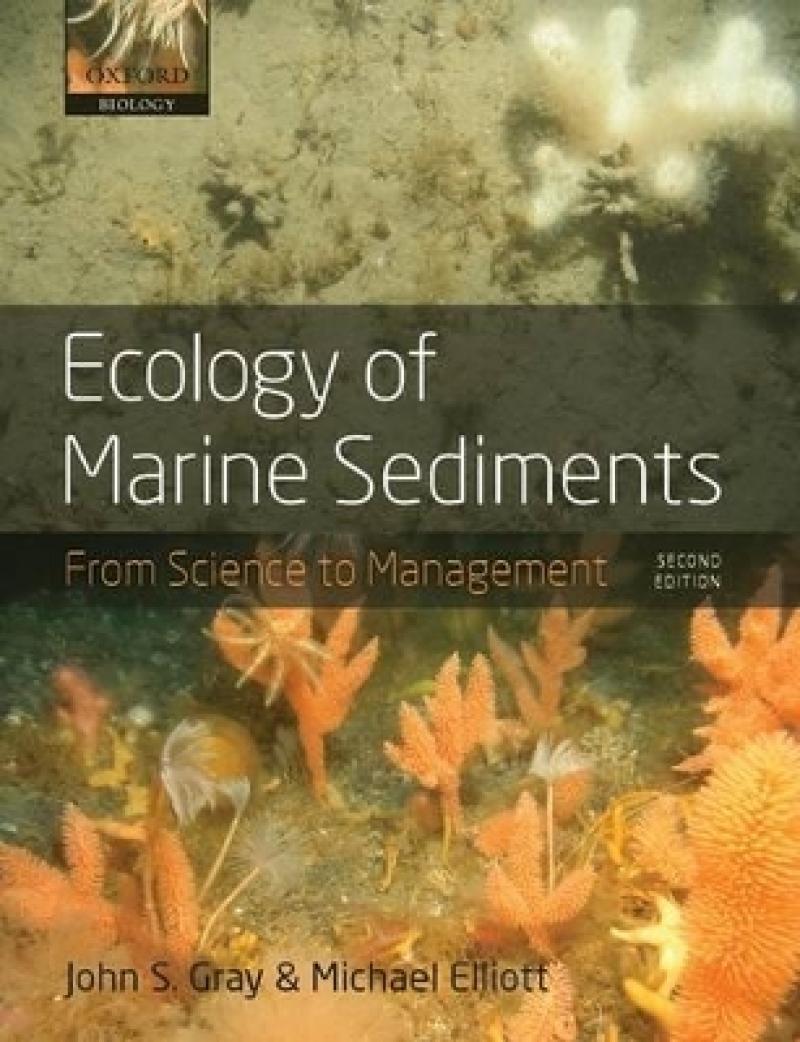This volume will be a useful and quick introduction for graduate students and advanced undergraduates of the analysis of benthic sampling for use in monitoring programs and integrative studies that seek to extract general features of communities from large sampling schemes.
The Quarterly Review of Biology
Marine sediments provide the largest habitat on planet earth, yet knowledge of the structure and function of their flora and fauna continues to be poorly described in current textbooks. This concise, readable introduction to benthic ecology builds upon the strengths of the previous edition but has been thoroughly revised throughout to incorporate the new technologies and methods that have allowed a rapid and ongoing development of the field. It explores the relationship between community structure and function, and the selection of global examples ensures an international appeal and relevance. The economic value of marine sediments increases daily, reflected in the text with a new emphasis on pollution, climate change, conservation, and management.
Les mer
Marine sediments are the second largest habitat on earth and yet are poorly understood. This book gives a broad coverage of the central topics in the ecology of soft sediments.
Introduction ; 1. Sampling sediments ; 2. The sediment and related environmental factors ; 3. Describing assemblages of sediment-living organisms ; 4. Diversity ; 5. Functional diversity of benthic assemblages ; 6. Spatial variations in sediment systems ; 7. Temporal variations in benthic assemblages ; 8. Human impacts on soft sediment systems - trawling and fisheries ; 9. Human impacts on soft sediment systems - pollution ; 10. The soft-sediment benthos in the ecosystem ; 11. The benthos in the management of marine sediments ; Concluding remarks
Les mer
Concise, readable introduction to benthic ecology
Accessible text; clear and simple illustrations with learning objectives for students
Global examples encourage international appeal
Explores the relationship between community structure and function
New emphasis on pollution, climate change, conservation and management
Les mer
John S. Gray was Professor of Marine Biology at the University of Oslo, Norway and did research on marine soft sediments for over 40 years. He is one of ISIs Highly-Cited Scientists in Plant and Animal Ecology. He was a member of the Norwegian Academy of Arts and Letters and a recipient of the Fridtjof Nansen prize for his research. In 2006 he was a co-recipient of the John Martin award of the American Society for Limnology and Oceanography. He did research in the
Arctic, Antarctic, Great Barrier Reef, Vanuatu, Hong Kong, the East and West coasts of USA and the North Sea and Norwegian continental shelf. Sadly, John died in October 2007, just days after
submitting his final manuscript. Michael Elliott is Professor of Estuarine & Coastal Sciences and the Director of the Institute of Estuarine & Coastal Studies (IECS) at the University of Hull, United Kingdom and has been researching estuarine and coastal science and management for 35 years. His research particularly relates to the influence of human activities on estuarine and marine ecology and the way in which society manages those activities. He has published widely on many
aspects of these topics including the related text 'The Estuarine Ecosystem' (co-authored with Donald S McLusky). He is a Fellow of the Institute of Biology and President of the Estuarine & Coastal Sciences Association
(ECSA)
Les mer
Concise, readable introduction to benthic ecology
Accessible text; clear and simple illustrations with learning objectives for students
Global examples encourage international appeal
Explores the relationship between community structure and function
New emphasis on pollution, climate change, conservation and management
Les mer
Produktdetaljer
ISBN
9780198569022
Publisert
2009
Utgave
2. utgave
Utgiver
Vendor
Oxford University Press
Vekt
557 gr
Høyde
246 mm
Bredde
189 mm
Dybde
13 mm
Aldersnivå
UP, 05
Språk
Product language
Engelsk
Format
Product format
Heftet
Antall sider
240
